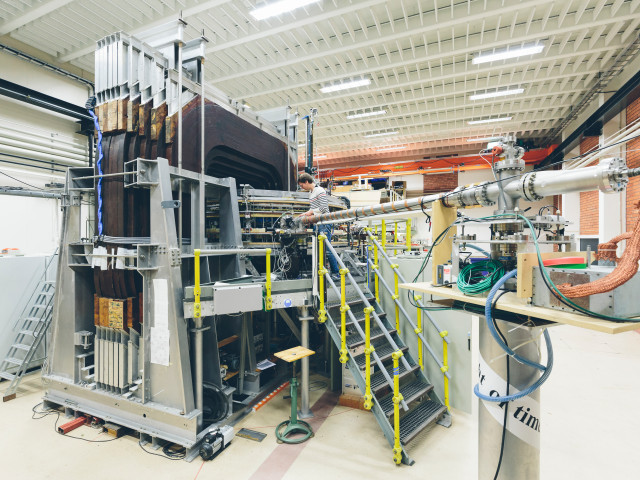Kolloidal kemi är den äldsta grenen av kemi som till och med är äldre än alkemin. Den kolloidala kemin började dock försvinna från läroämnet kemi och har bara nyligen uppmärksammats på nytt på grund av dess vikt för nanopartiklar. Betydelsen av den kolloidala kemins grundläggande vetenskap kommer att översiktligt gås igenom. Optiska experiment (absorption, flourescens, tidsupplöst flouriescens, dynamisk ljusspridning etc) kommer användas för att belysa yttäckning och de elektrostatiska egenskaperna hos nanopartiklar.
Kolloider och kolloidala principer är utbredda i det dagliga livet, i naturen och i tekniska tillämpningar. Varför är mjölk vit och en del tandkrämer genomskinliga? Vad är kolloider och vilka är deras egenskaper? Kolloider är blandningar av olika faser med varierande och komplext utseende. Vad kan vi förvänta oss av sådana system och hur kan vi använda deras egenskaper? Med hjälp av många exempel från vardagslivet inom områdena material och mat, med nyckelexperiment, handlar denna kurs om det interdisciplinära och mycket breda ämnet kolloider.
Huvudsakligt kursinnehåll är:
- Kolloida (nano-) partiklar
- Intermolekulära krafter och Van der Waalskrafter kolloidala partiklar
- Ytor och gränssnitt i kolloidala system inklusive ytspänning och spänningar i övergångar
- Vätning av ytor inklusive vätning i porösa media med kontaktvinklar och dynamisk vätning
- Elektriska fenomen vid gränssnitt såsom elektriska dubbellager, elektrokinetiska mätningar och interaktion mellan dubbla lager
- Kolloidal stabilitet och koaguleringskinetik
